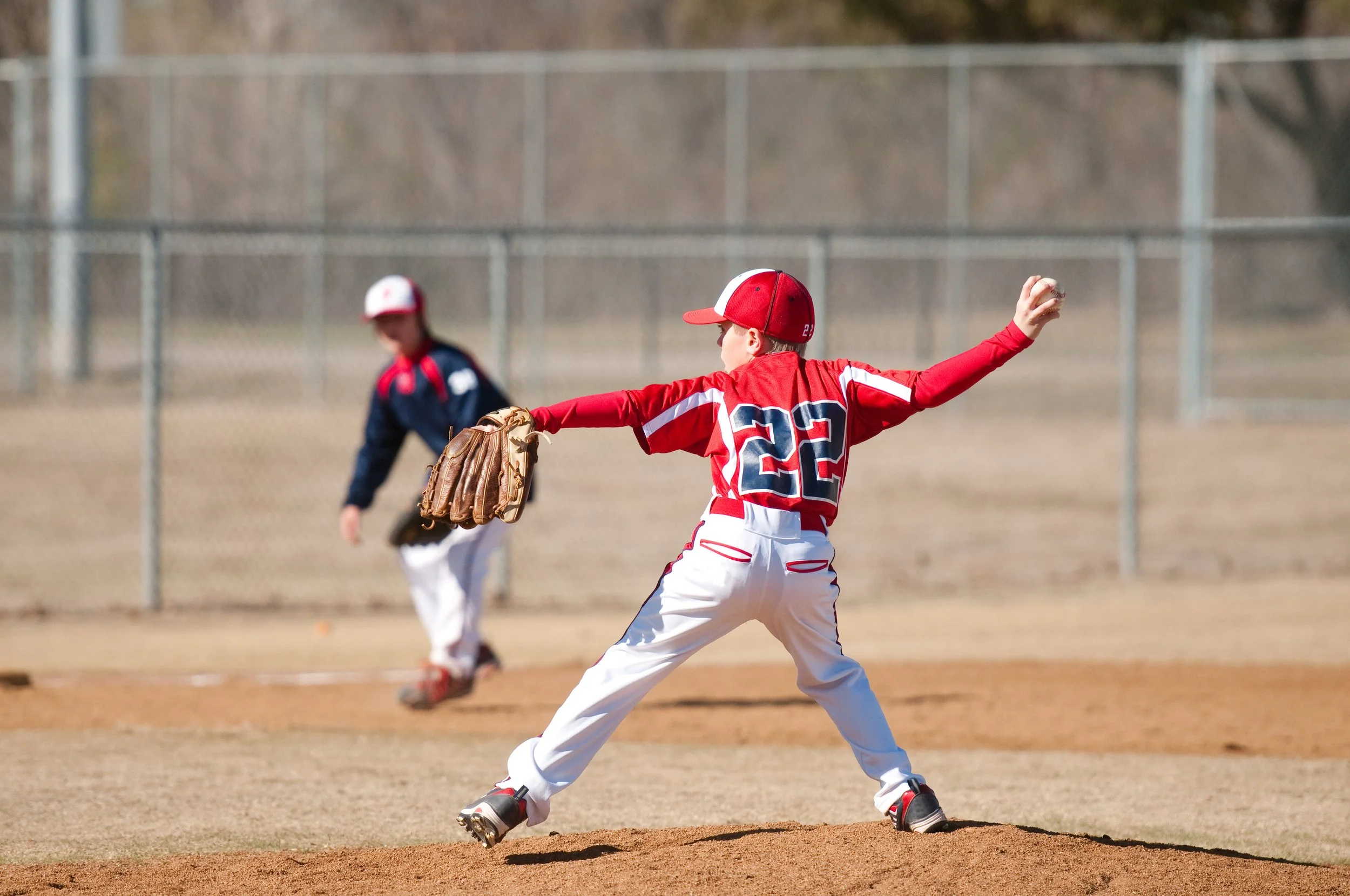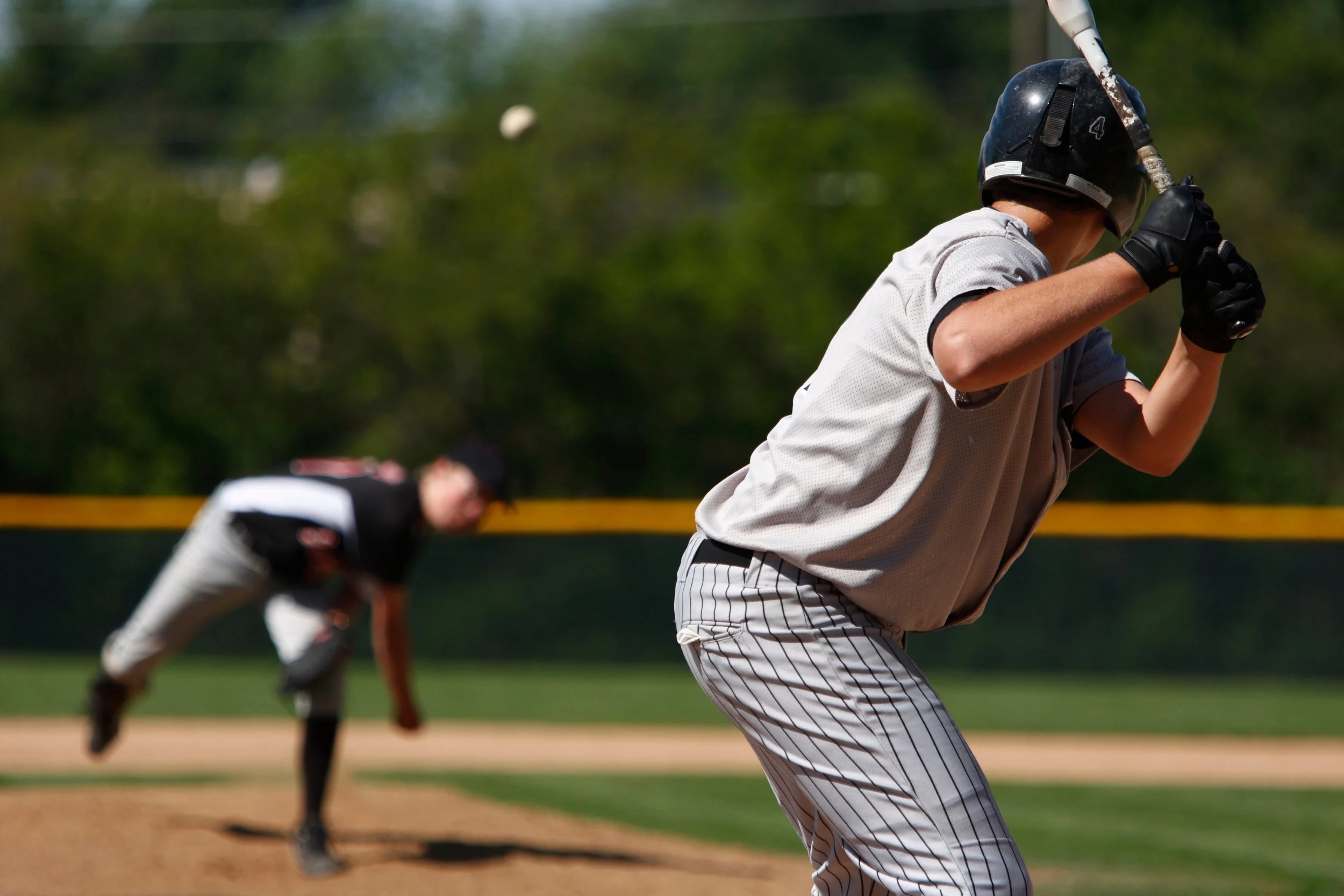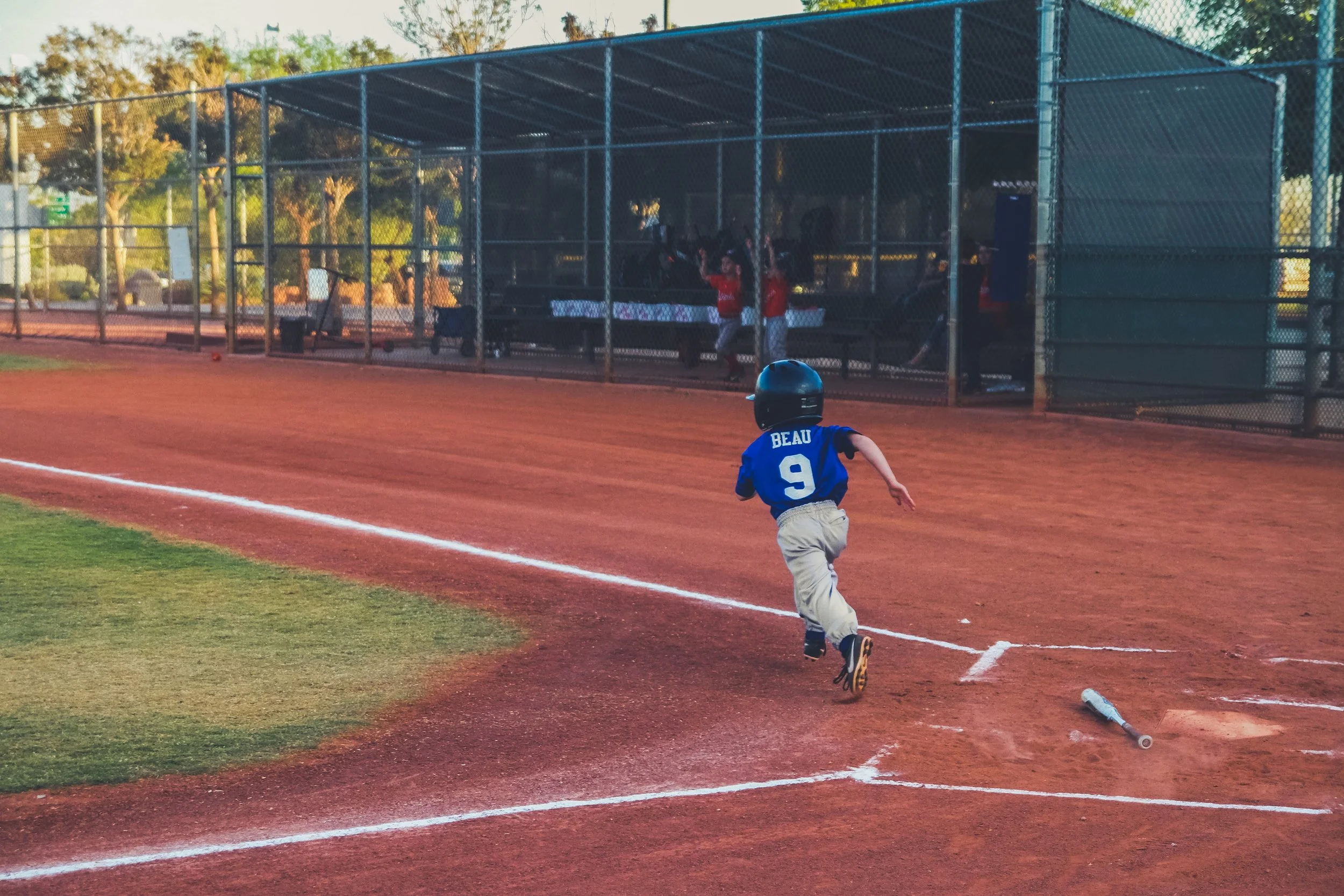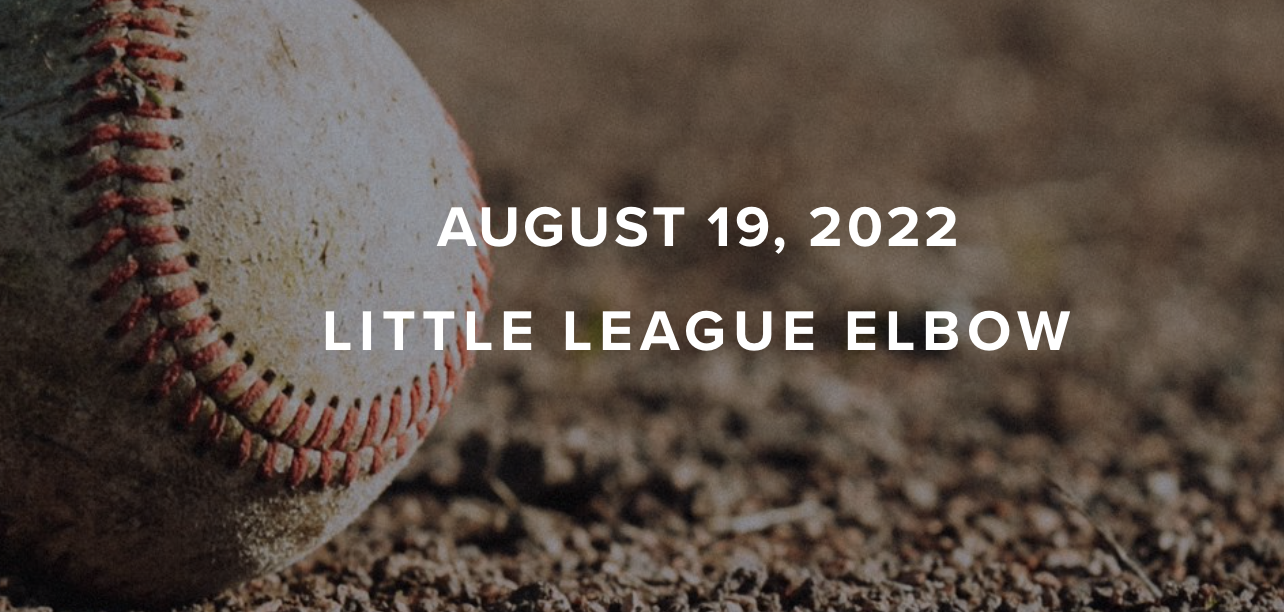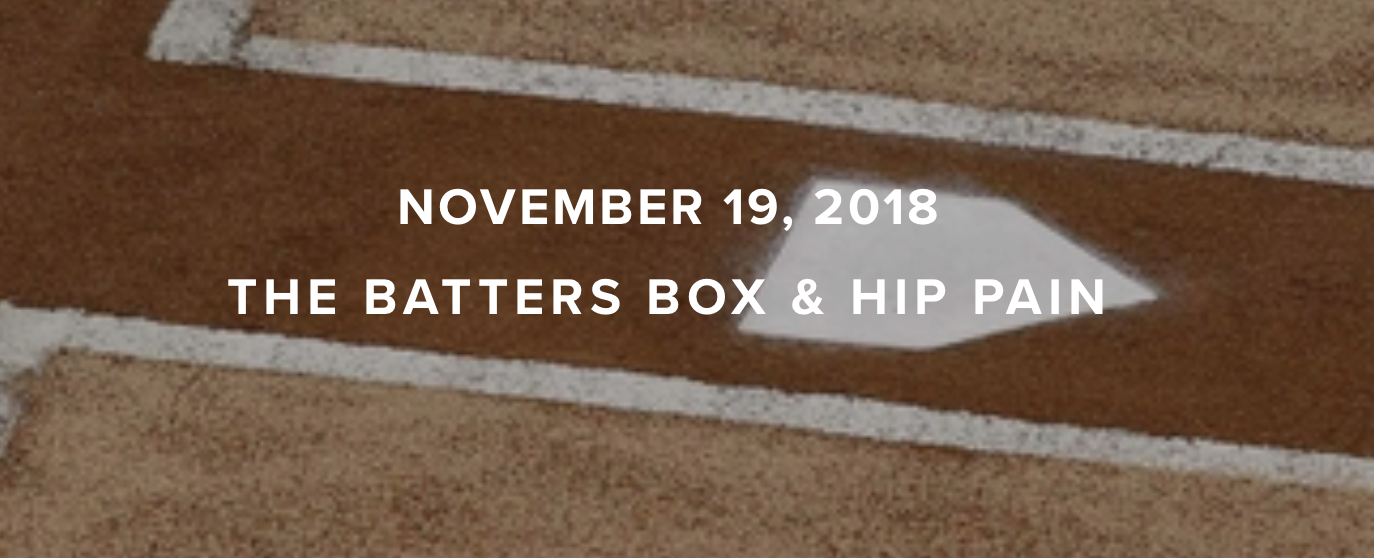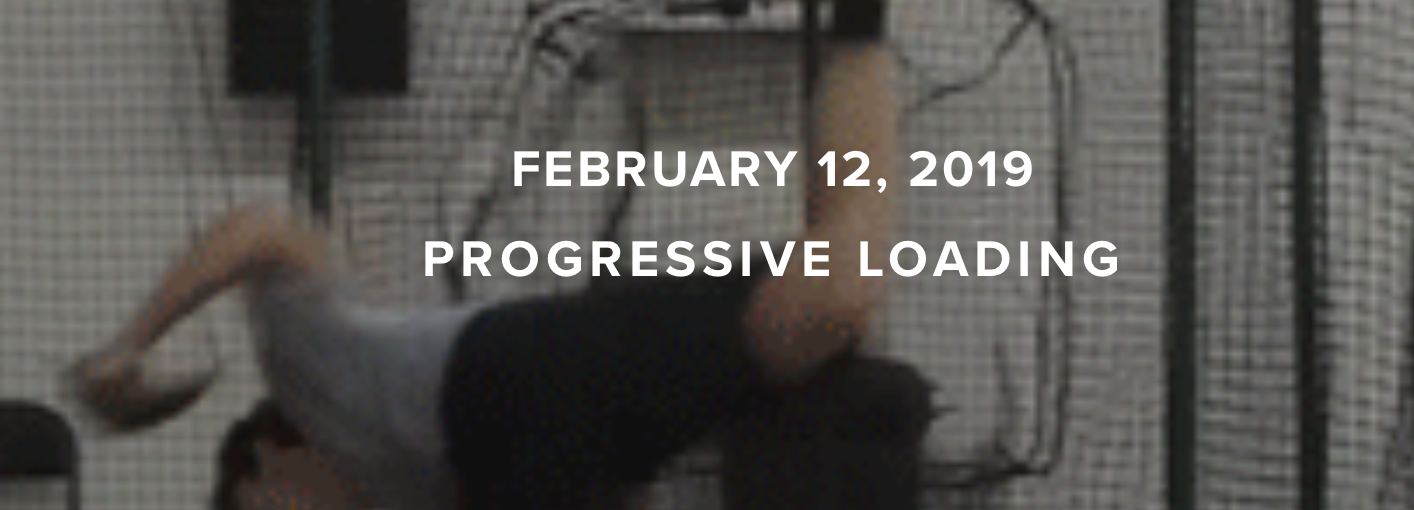What Is A Curveball?
The mysteriously slicing and dropping baseball pitch known as the “curve”, the “hook”, or “the breaking ball” first came into existence in the mid-1800s. However, it wasn’t immediately popular. In fact, it was nearly outlawed as a pitch because it was considered deceptive and dishonest by Ivy Leaguers who enjoyed the game as classy and precise. However, the curveball is such a flexible pitch that no specific rule was able to outlaw it, and it eventually became a staple of the game and one of the most common secondary pitches in a professional pitcher’s arsenal.
The curveball is essentially a baseball thrown with the forearm and wrist position altered in such a way that the released ball assumes a top-spin that is off-axis causing it to both drop and curve rather than the traditional back-spin of a fastball that keeps a predictable path.
Is a Curveball Safe for Kids?
Despite it being commonplace now, the curveball is still not without controversy. Safety among youth pitchers has been an earnest and valid question over the past few decades as pitcher injury rates continue to rise. In examining this question, there are a handful of research papers suggesting that curveballs may increase pain and injury risk to youth pitchers, but when looking at the larger body of research, there is no strong association found between throwing curveballs and elbow or shoulder pain.
The main reason why no strong associations are found is likely because the curveball is thrown at a slower speed than the fastball. When looking at the best available research on injury risk in baseball players, the chief risk factors are overuse and velocity thrown. Meaning that kids that throw hard and as a result are pitched more often, are the ones at the highest risk for injury. I go into this and other risk management tips in my other blog Protecting Pitchers Elbows
““Acute elbow pain or even slow developing pain is something that should be looked at by a physical therapist or elbow specialist.””
What are the mechanics of a Curveball?
But what about the differences in the mechanics of throwing a curveball? Does that make it less safe? This is the most common question I get on the curveball. It is true that the mechanics of throwing a curveball are more complicated with more small, nuanced steps. Because of this, the curveball may require more stability around the elbow to throw properly.
However, while the curveball has more steps involved, it is still a very similar pitch. This similarity is good and necessary. In fact, expert pitchers and coaches know that the delivery of all pitches should look as close to identical as possible aside from some subtle changes near the point of release (could be a good spot to get a quote from a local baseball or pitching coach). This is for a couple of reasons
1. Variability in pitching mechanics poses new, unpredictable forces to the body and increases injury risk. So keeping mechanics similar between pitches will reduce risk of injury
2. Pitch mechanics should look similar to prevent batters from identifying the pitch type too early - even the arm velocity should look the same between pitches. It is only the pitch type as a consequence of grip and release that adjusts the speed, spin, and subsequent break. A curveball with the same wind-up, arm angle, and apparent arm velocity is extremely hard to pick up in time to adjust the timing and approach of the swing.
In looking at mechanics between the fastball, curveball, change-up, and slider, a study of experienced pitchers(4) using lab cameras observed that there were kinematic differences but few kinetic differences. This means that, yes, there are observable differences in the mechanics when slowing things down on a video, but there are actually no significant differences in the type and amount of forces placed on the arm and body between these pitches even though they look different at the release. So the subtle differences in mechanics possibly requiring more elbow stability are balanced out by the fact that the curveball is thrown slower and from a similar arm slot to make both the curveball and other pitches of a similar stress level to the body.
Now, at this point I want to clarify that lack of research findings showing risk should NOT be interpreted as a license to teach any kid of any age to throw a curveball.
““Too much stress can lead to injury, stress is a product of power and power is necessary for progression in baseball”.
”
When is it appropriate to throw a curveball?
So the remaining question is when should a player start throwing the curveball? The big factor to be considered here is the maturity of the pitcher. Driveline baseball (a local and world-renowned data-driven baseball player development organization) comments that “Developing good velocity, repeatable mechanics, and a base of arm strength are more important than breaking balls for even elite high school pitchers – much less youth pitchers!” The American Sports Medicine Institute agrees in their position statement on the curveball stating that, “Throwing curveballs too early may be counter-productive, leading to arm fatigue as well as limiting the youth’s ability to master fastball mechanics.” Because of this, age 14 is Driveline baseball’s recommended age to first consider learning the pitch. And as alluded to above “training age” should be strongly considered. This refers to how much experience the pitcher has. Different players develop physical maturity and motor proficiency in pitching at different ages, so until a pitcher has consistent “command” of their fastball demonstrating consistent mechanics and ability to locate the pitch in the intended location, the curveball shouldn’t be taught. Because of this, I don’t recommend pitching anything other than a fastball and maybe change-up when first learning. Injury risk aside, the benefit of learning to throw one or two pitches consistently and accurately from a young age will benefit performance far more than early pitch variety.
““It is critical for the athlete have honest communication with the coach as this is the greatest prevention of season ending injuries.””
How does a pitcher learn to throw a curveball?
Once it is appropriate to begin learning to throw a curveball, having a knowledgeable pitching coach to instruct and give feedback is essential. A good resource for learning how to throw a curveball can be found at: https://elitebaseballperformance.com/learn-how-to-throw-a-curveball/
However, this is not a replacement to good coaching. It is also a good idea to start slow and spend a lot of time working on the mechanics of the pitch prior to working at top speed and in games. This is because if a pitcher is learning the curveball for the first time, then some of the forces exerted on the elbow are going to be new from the altered mechanics. These new forces aren’t necessarily “bad” or more stressful as we covered earlier, but since they are new, the body should be given ample time to adapt to the new stress. This is a concept that spans all physical activity. Injuries in general can occur when trying something new or at an increased level - be that running, weightlifting, hiking, skiing, or anything else you can think of. While new activity pursuits are typically healthy in the long run (and very fun), the body needs time to adjust.
““A kinetic chain that is dysfunctional will eventually injure the shoulder or elbow.””
In Summary
Curveballs are not dangerous for an experienced, mature pitcher.
While curveballs don’t pose significant risk to youth athletes, given the complexity of the pitch, it is recommended that pitchers wait until age 14 and until they have at least 1 year of pitching experience prior to incorporating a curveball.
Mastering “command” over pitch variety at a young age will promote long-term performance and reduced injury risk.
Having a pitching coach instruct on curveball mechanics when first learning is essential.
Always be watchful of pitch counts and pay attention to sore arms as overuse is the leading cause of injury in baseball pitchers over any particular pitch or training regimine.
AUTHOR:
Joe Midgett, PT, DPT
Physical Therapist and Baseball Specialist
CONTRIBUTORS:
Terry Phillips, PT, DPT
Physical Therapist and Baseball Specialist
Jordan Bork, PT
Physical Therapist and Baseball Specialist
Bob Adams, DO
Sports Medicine Physician and Former head of the medical team for USATF
Avi Goodman, MD
Evergreen Health Orthopedics & Sports Medicine
Vincent Santoro, MD (Retired)
Orthopedic Surgeon and former college pitcher
Ben Wobker, PT, MSPT, CSCS, CFSC, SFMA
Founder & Director LWPT
MORE Baseball Related BLOGS
MORE WEBINARS
Resources
USA Baseball is a great resource. Here are their pitch count and required rest guidelines broken down by age group for ages 7-22.
Little League Baseball’s official site is another great resource for health guidelines and pitching recommendations
REFERENCES
ASMI (2016). Position Statement on Tommy John Injuries. Retrieved March 23, 2021 from: http://www.asmi.org/research.php?page=research§ion=TJpositionstatement
Boddy, K. (2014, February 17). Should youth pitchers throw a curveball? probably not. Driveline Baseball. Retrieved February 24, 2023, from https://www.drivelinebaseball.com/2014/02/youth-pitchers-throw-curveballs-probably/
Curveball (CU): Glossary. MLB.com. (n.d.). Retrieved February 24, 2023, from https://www.mlb.com/glossary/pitch-types/curveball
Fleisig, G. S., Kingsley, D. S., Loftice, J. W., Dinnen, K. P., Ranganathan, R., Dun, S., Escamilla, R. F., & Andrews, J. R. (2006). Kinetic comparison among the fastball, curveball, change-up, and slider in collegiate baseball pitchers. The American Journal of Sports Medicine, 34(3), 423–430. https://doi.org/10.1177/0363546505280431
Grantham, W. J., Iyengar, J. J., Byram, I. R., & Ahmad, C. S. (2013). The curveball as a risk factor for injury. Sports Health: A Multidisciplinary Approach, 7(1), 19–26. https://doi.org/10.1177/1941738113501984
Position statement for adolescent baseball pitchers. American Sports Medicine Institute. (2013, April). Retrieved February 24, 2023, from https://asmi.org/position-statement-for-adolescent-baseball-pitchers/
Rosengren, P. (2017, April 6). Learn how to throw a curveball. Elite Baseball Performance. Retrieved February 24, 2023, from https://elitebaseballperformance.com/learn-how-to-throw-a-curveball/
Disclaimer: The information listed on this page is not to be used as medical advice. If you have any questions or concerns regarding stretching, mobility, or strength training, please seek out professional attention.



